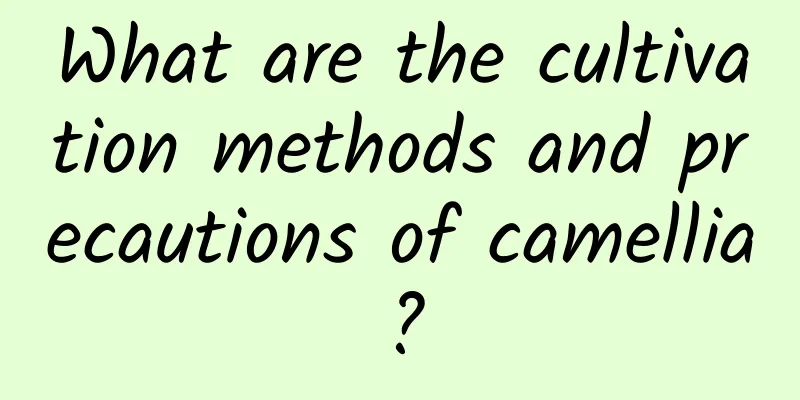Is Dianthus poisonous? Can it be grown at home?

1. Is it poisonous?Dianthus is not poisonous. Neither its petals, stems, roots, or other parts are poisonous. When it blooms, it emits a pleasant fragrance. These flowers are also non-toxic. 2. Can I keep it at home?Because it is non-toxic and very beautiful and can be used to decorate the room, it can be kept at home. However, if someone in your home is allergic to the scent of flowers, it is best not to keep it at home. 3. How to raise1. Sunlight: It prefers sunlight, so it should be kept in a well-lit location at home so that it can receive sufficient sunlight. However, when the light is strong in the summer, appropriate shade is needed. 2. Temperature: It likes warmth and is relatively cold-resistant, but does not like an environment that is too hot. When maintaining it, it is best to place it in an environment of around 20°C. In summer, the temperature around it needs to be adjusted to below 25℃. 3. Water and fertilizer: Its roots are relatively developed, and its demand for water and nutrients during growth is also relatively high. Therefore, it is necessary to replenish water in time during the growing season to keep the soil moist, and apply thin fertilizers frequently to ensure its healthy growth. |
>>: Is the Chinese Crabapple poisonous? Can it be grown at home?
Recommend
How to grow hibiscus potted plants well? Hibiscus home cultivation methods and precautions
Hibiscus is suitable for growing in a warm and hu...
Hydrangea cutting propagation
1. Choose branches Before taking cuttings, you sh...
How to water the Teyulian?
Do not overwater Since the water content in the b...
How to grow white palm
1. Soil Preparation Loose, well-drained, breathab...
Pick up some honeycomb coal on the roadside, grow succulents there and they will grow faster. You won’t be afraid of them dying in the summer anymore!
Dig some honeycomb coal and you will no longer be...
Where is the best place to grow Maca?
Maca Planting Conditions 1. Temperature: Maca req...
How to prune asparagus fern when its leaves turn yellow
1. How to trim Once the leaves of asparagus fern ...
Which month is better for pulling branches of plum trees (what is the best angle for pulling branches in November)
Why do we need to pull branches on plum trees? Pu...
How to store and ripen kiwi fruit
1. How to store kiwi fruit 1. Selection: You can ...
Jasmine grafting method
Jasmine can be grafted. The grafting period is us...
How to prune the pearl orchid after it blooms
Pruning after the orchid blooms After the orchid ...
Will Kalanchoe bloom in the same year it is taken from cuttings?
1. Flowering time after cutting After it is graft...
This is how I take care of the flowers I just bought. They bloom in every pot and won’t die no matter how hard I try!
All the newly bought flowers are wilting. Why? Th...
When to plant garlic?
Garlic is a common health vegetable and one of th...
Can the leaves of green radish survive if they are frozen?
1. Can I still live? It’s not a big problem if th...









